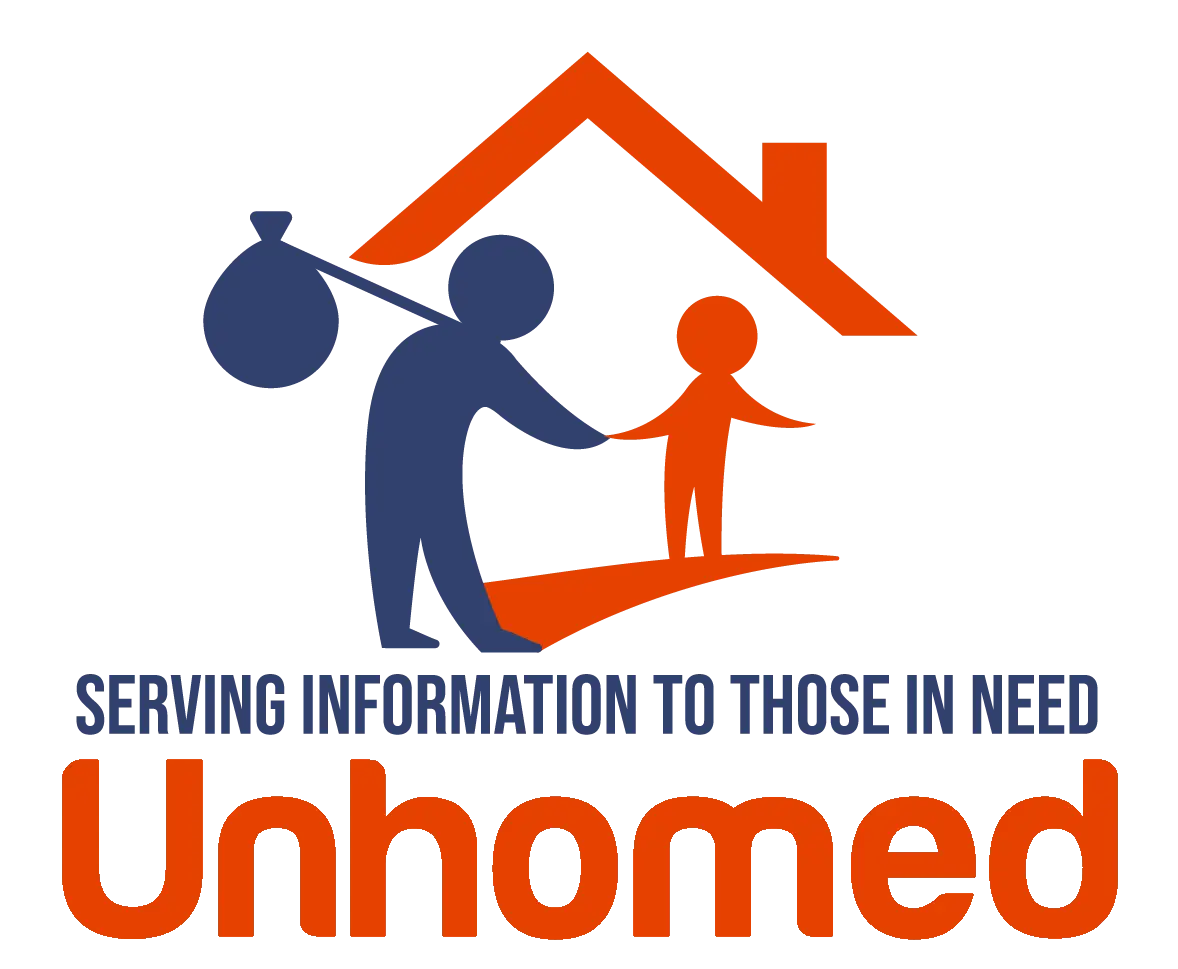Affordable Housing Crisis
Description
Unraveling the Affordable Housing Crisis
Definition
The Affordable Housing Crisis refers to the widespread and growing gap between the cost of housing and what individuals and families can afford. It is often cited as a primary driver of homelessness. This crisis is marked by increasing rents, a dearth of reasonably priced units, and stagnating wages.
Description
The affordability of housing is a key issue for many individuals and families worldwide. With the housing market's prices climbing and wages remaining stagnant, more people are spending a dangerously high percentage of their income on their monthly rent or mortgage. This situation leaves many at risk of losing their homes, leading to an increase in homelessness. With less and less affordable housing units available, individuals and families are pushed out of their own city's limits, creating a gap between urban wealth and suburban or rural poverty.
Objectives
- Ensure everyone has access to safe and affordable housing
- Reduce the disparity between wage growth and housing costs
- Encourage policy and legislative changes to tackle the affordability issue
- Foster community development and inclusive city planning
Mechanisms
- Creating affordable housing trust funds at a community level
- Advocate for inclusionary zoning, which requires a certain percentage of new construction to be affordable for low-income households
- Expand rental assistance programs to meet increasing needs
- Encourage developers to build more affordable units through incentives and grants
Benefits
- Potential reduction in homelessness
- Enhanced economic stability for residents
- The creation of diverse, inclusive communities
- Potential positive impact on the physical and mental health of residents
Challenges
- Limited funding for affordable housing projects
- Opposition from landlords and homeowners who worry about decreasing property values
- Costly construction and rehabilitation efforts
- Regulatory barriers including land-use restrictions and building codes
Examples
- Inclusionary zoning laws passed in San Francisco have increased the production of affordable units.
- New York City's affordable housing lottery system offers below-market-rate apartments to qualifying individuals and families.
- The National Low Income Housing Coalition in the United States pushes for policy changes to address housing affordability at a federal level.



